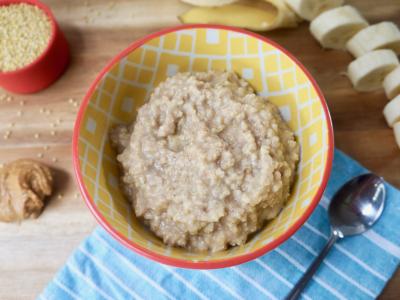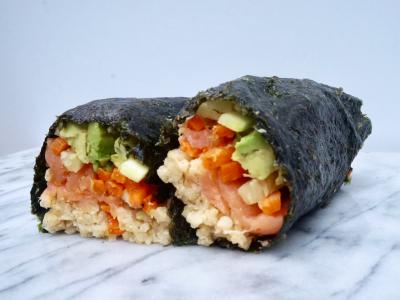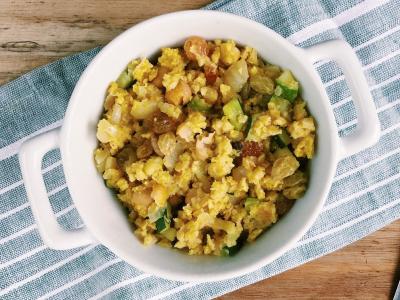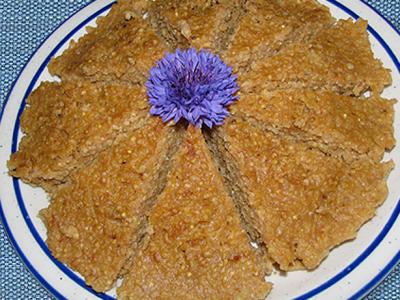Sprouting Increases Antioxidant Activity in Millet
Research shows that millet, a nutritious staple crop in many developing countries, can be made even more nutritious when the grains are sprouted. In a study in India, scientists measured the phenolic composition, antioxidant activity, and inhibitory properties against alpha-glucosidase and alpha-amylase (a mechanism that helps prevent spikes in blood sugar) of raw millet, germinated (sprouted) millet, and microwaved and steamed millet. The researchers found that “germinated millets showed highest phenolic content as well as superior antioxidant and enzyme inhibitory activities. These results suggest that germinated millet grains are a potential source of phenolic antioxidants and also great sources of strong natural inhibitors for α-amylase and α-glucosidase.”
Food Chemistry. 2014 Aug 13;169:455-63. (Pradeep PM et al.)






